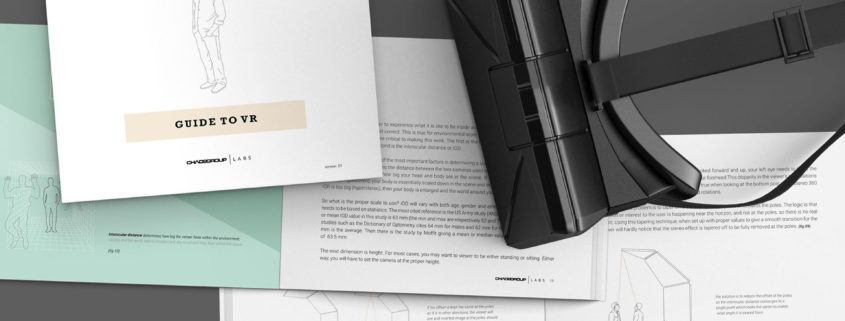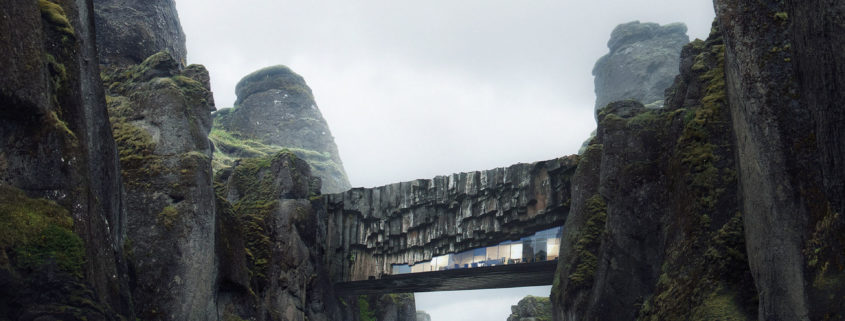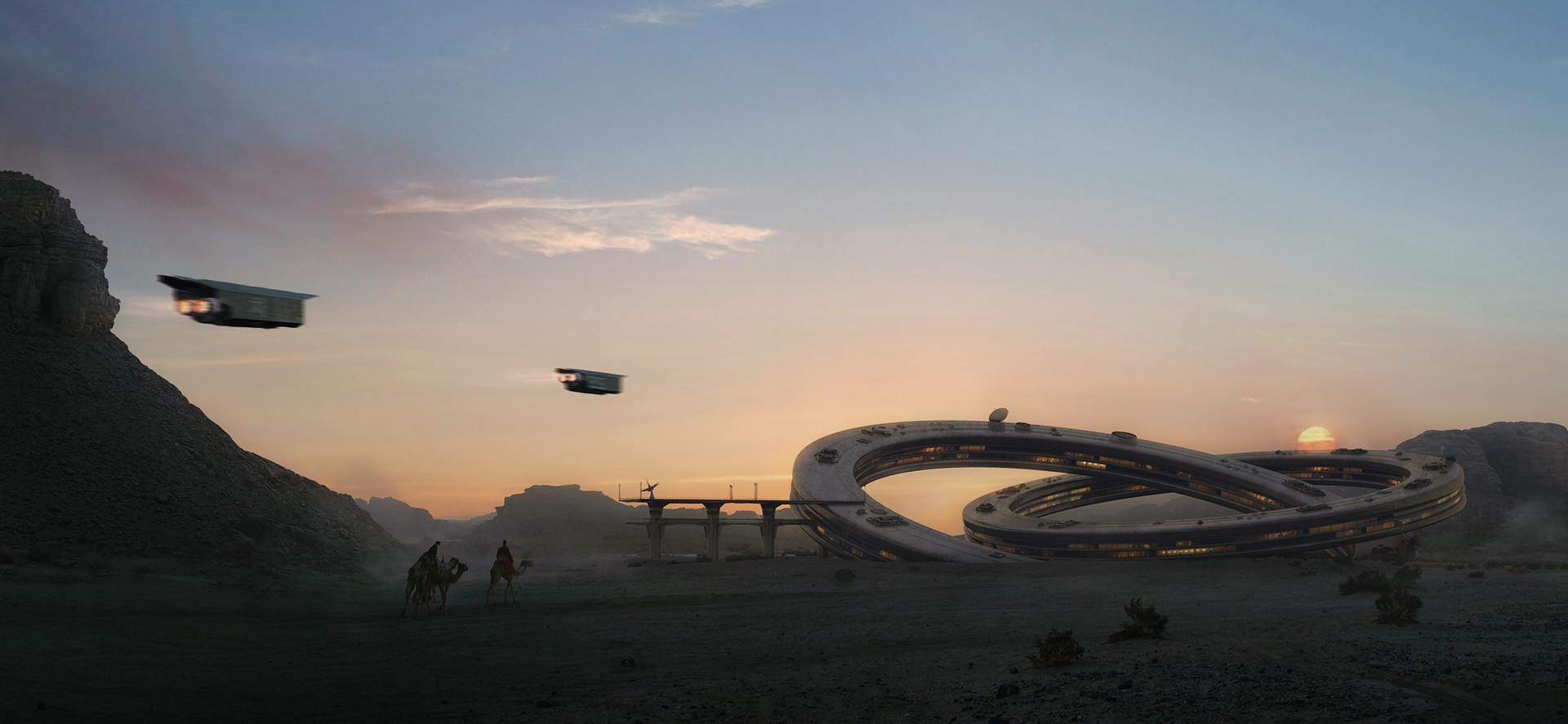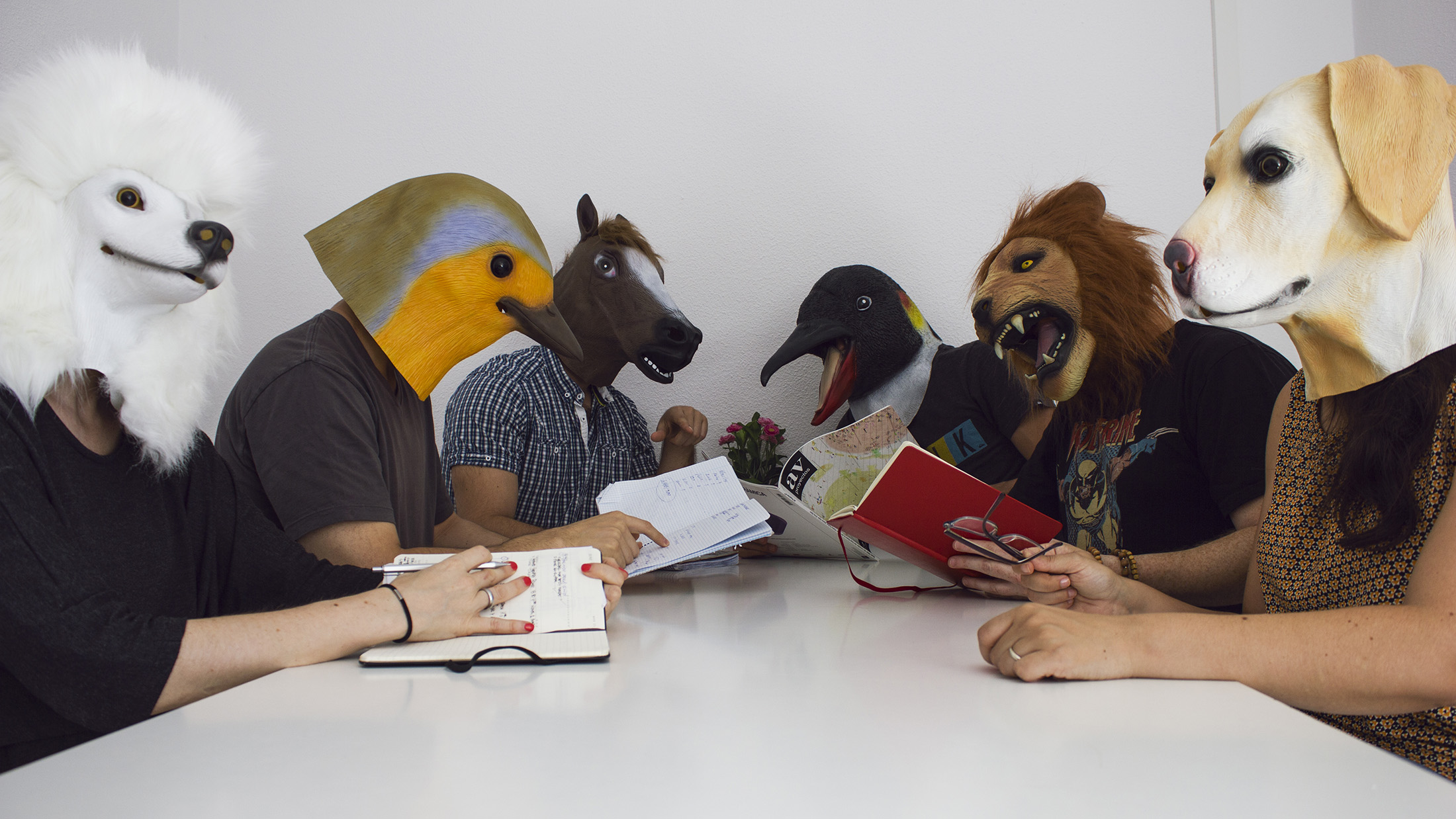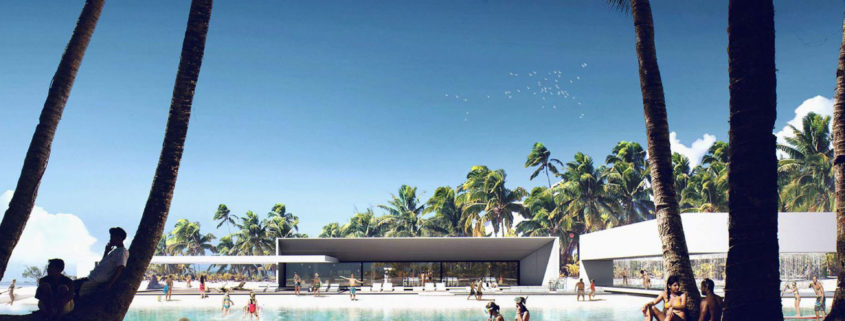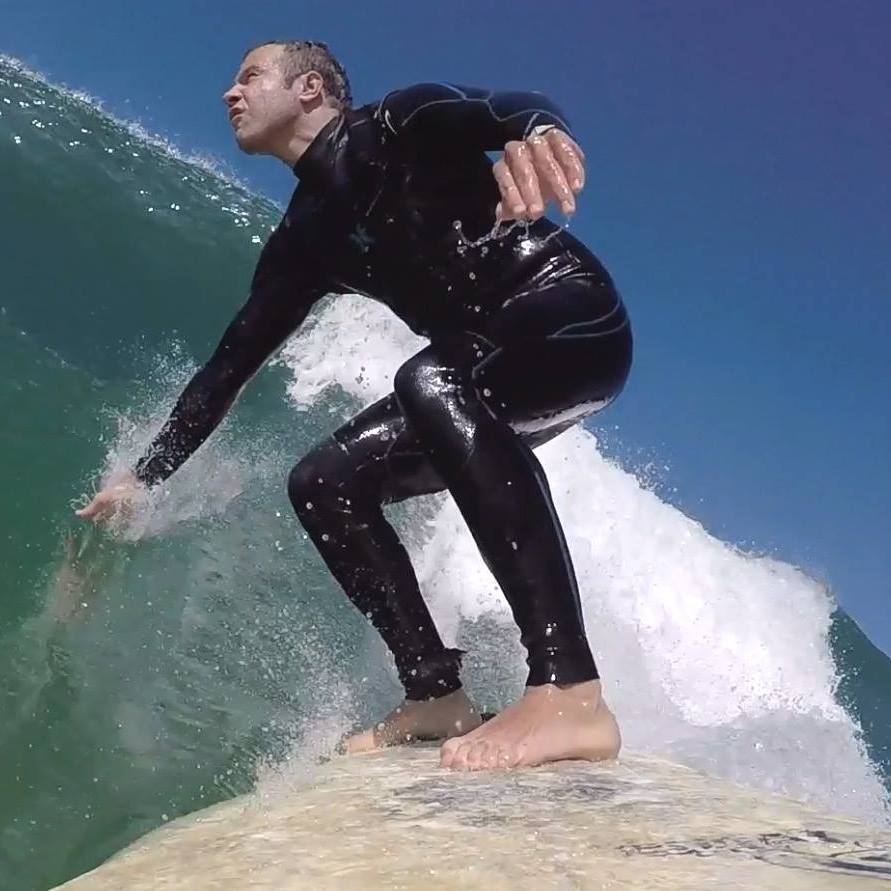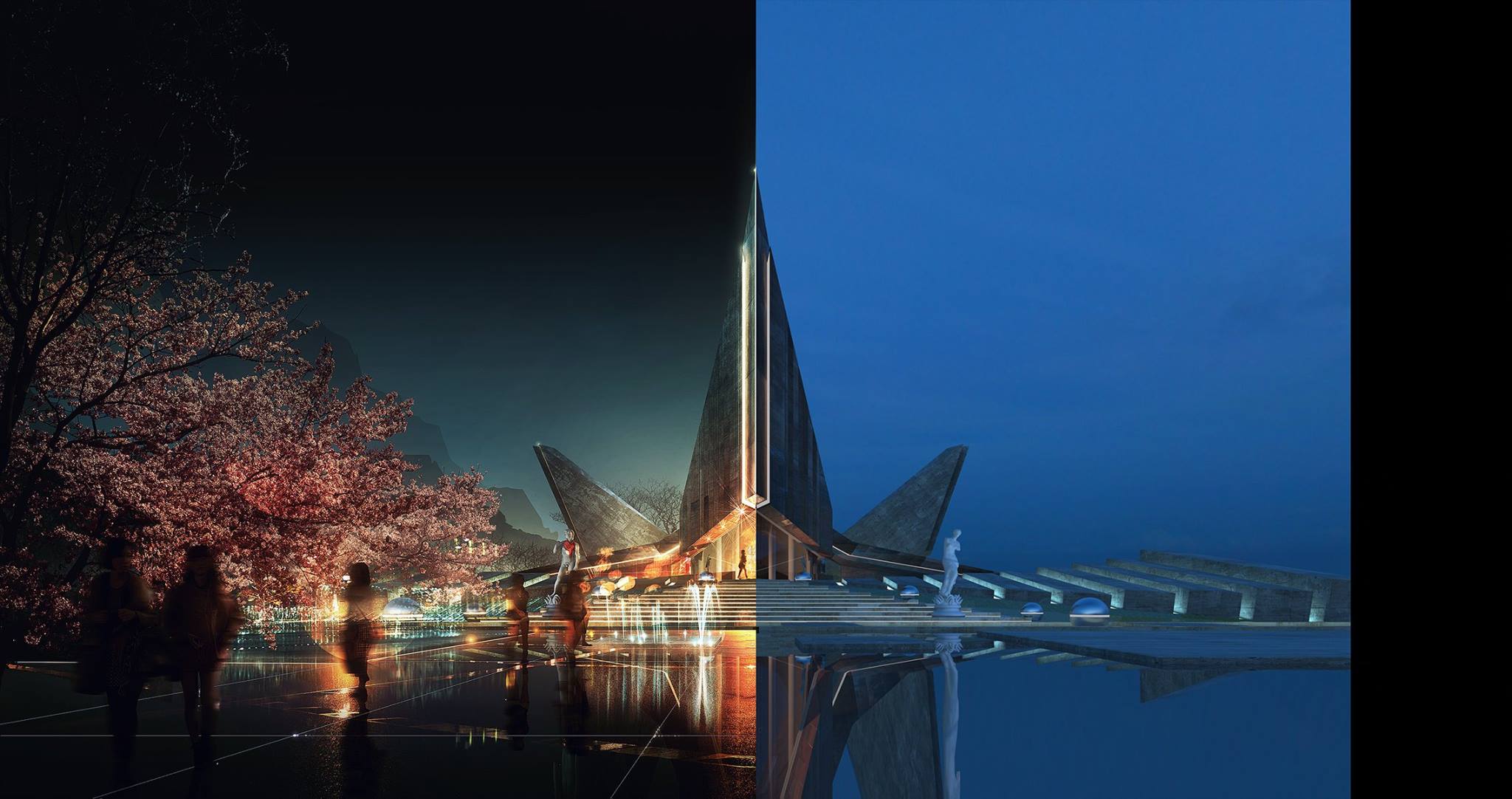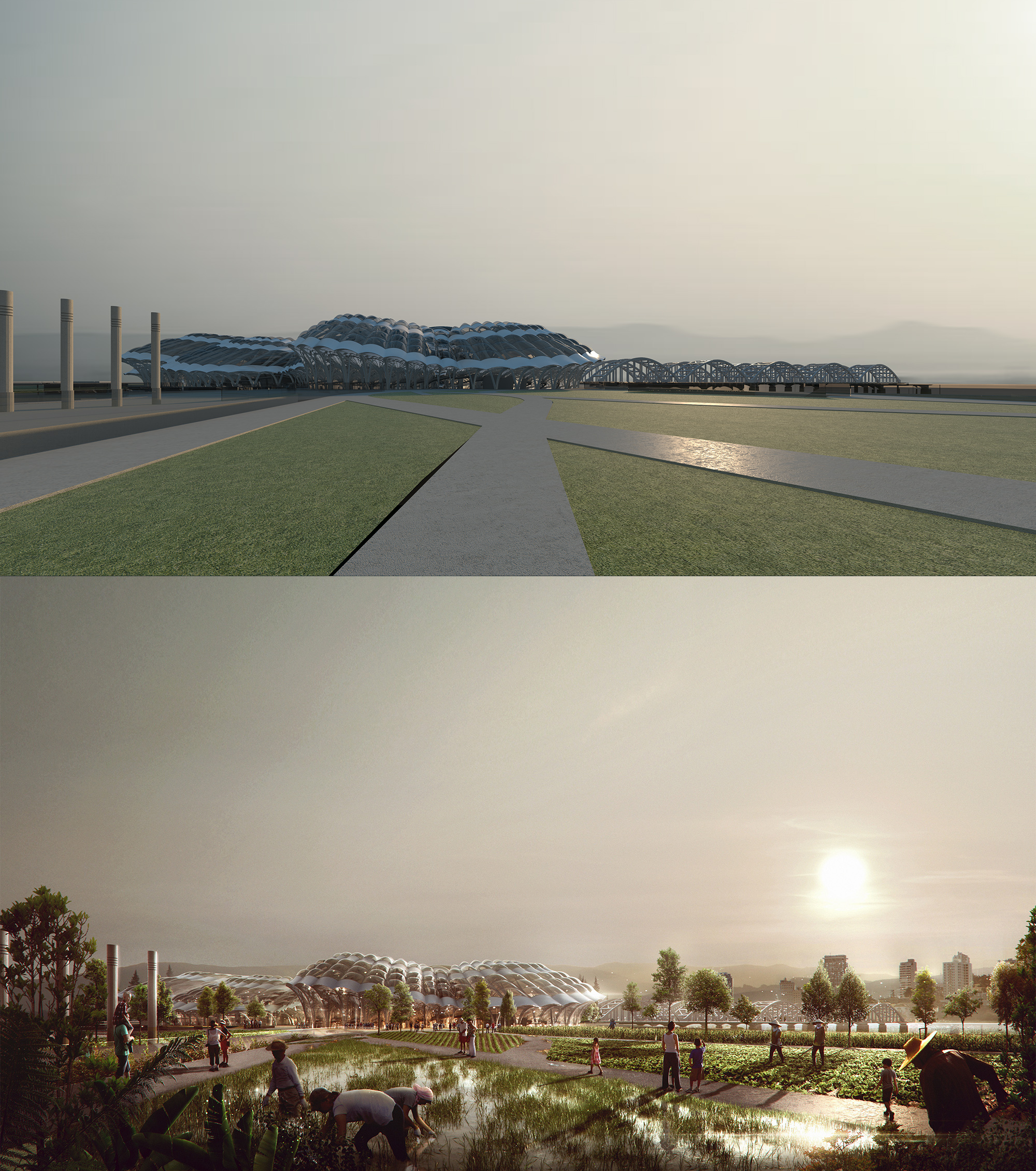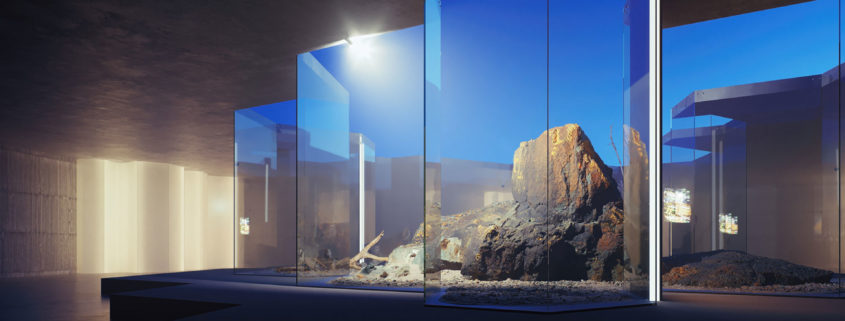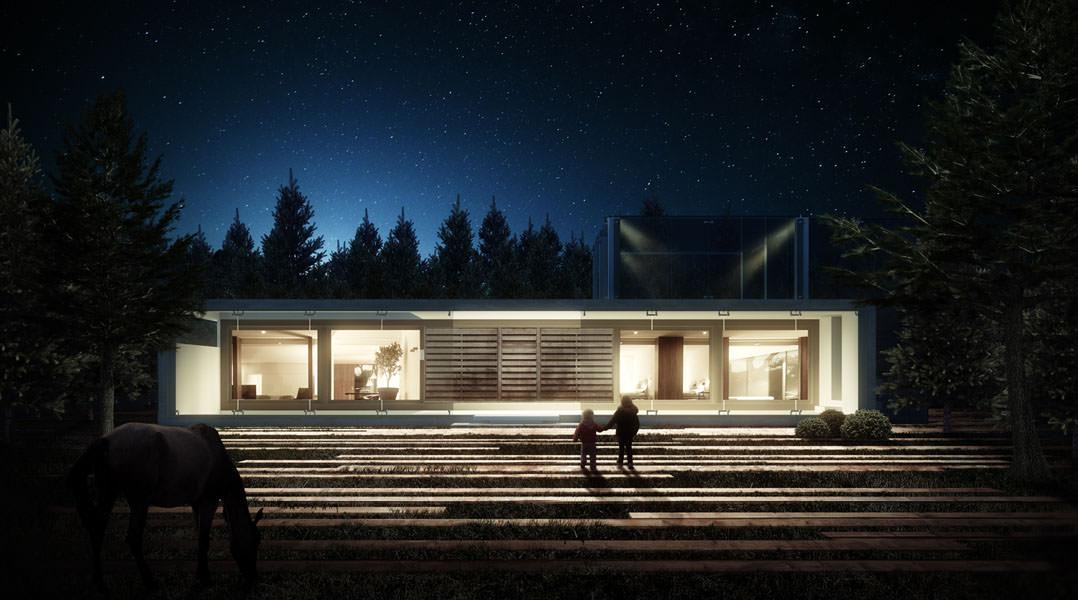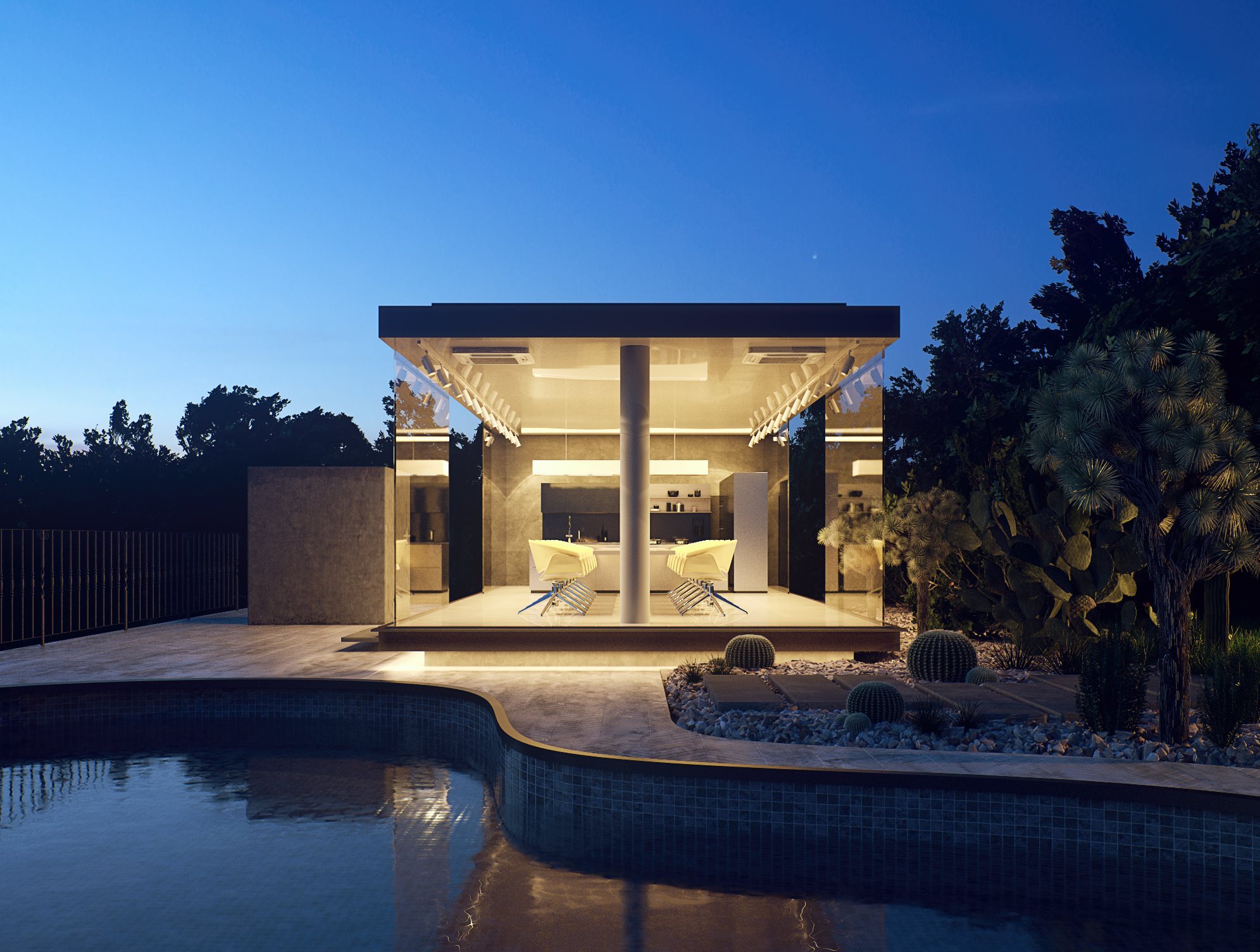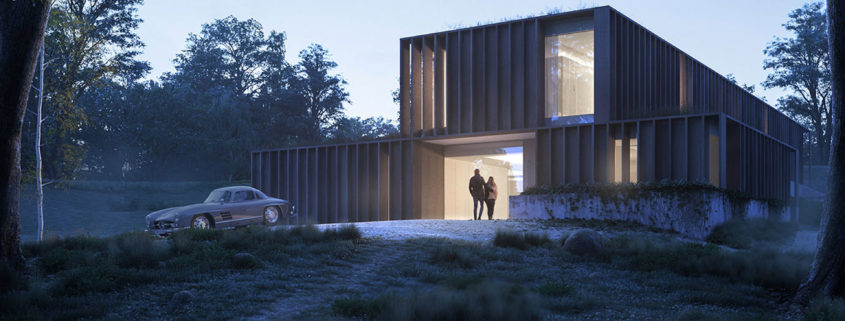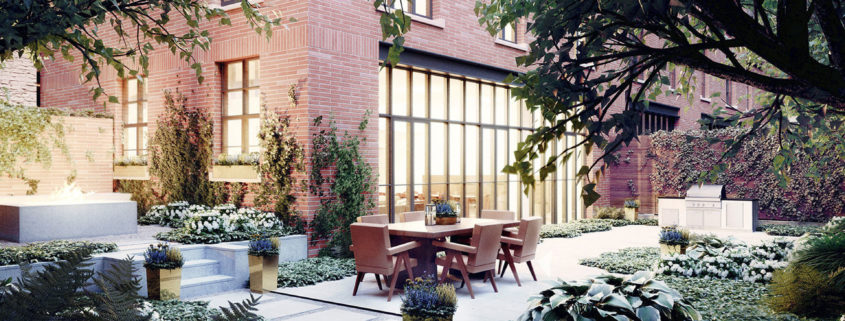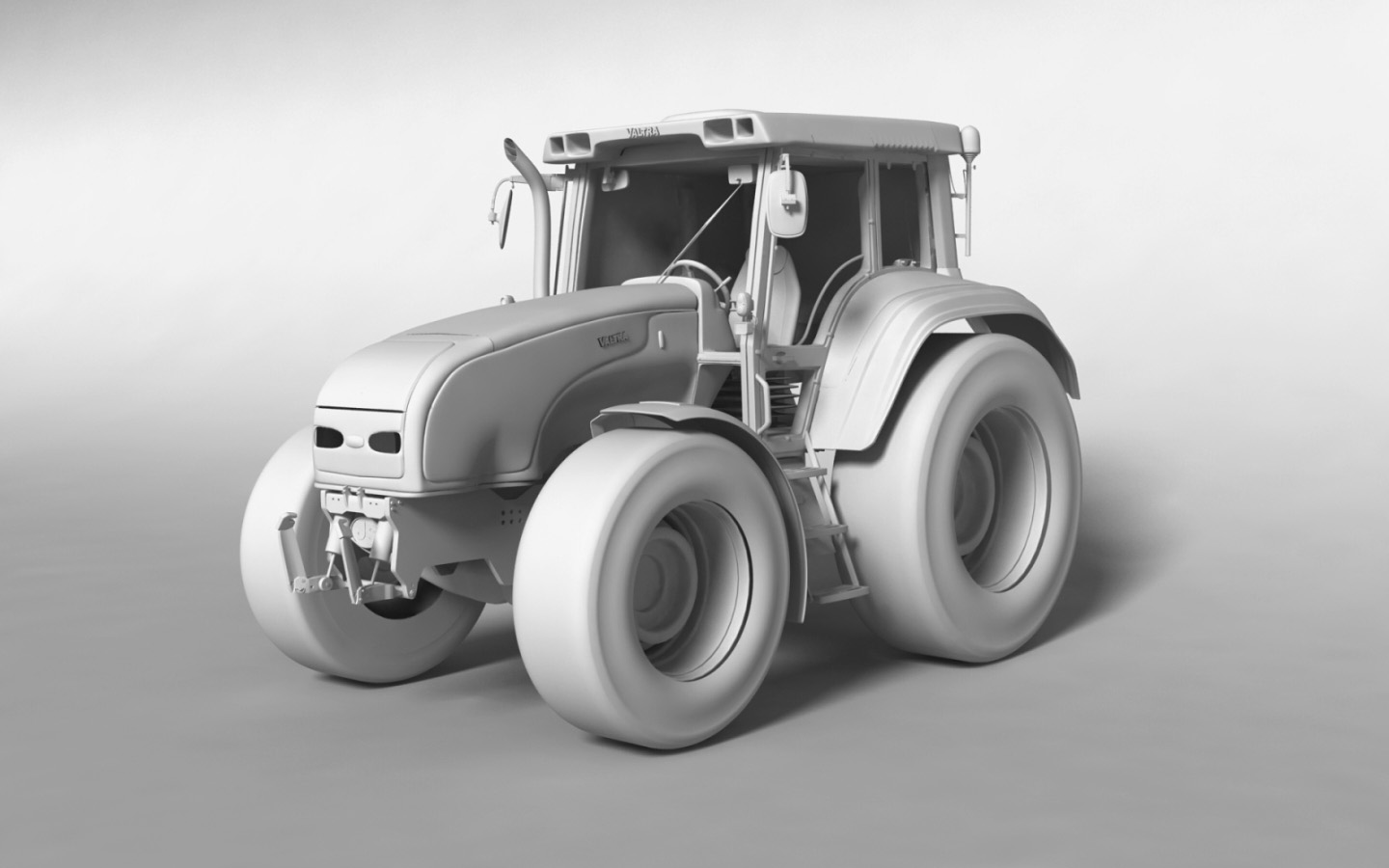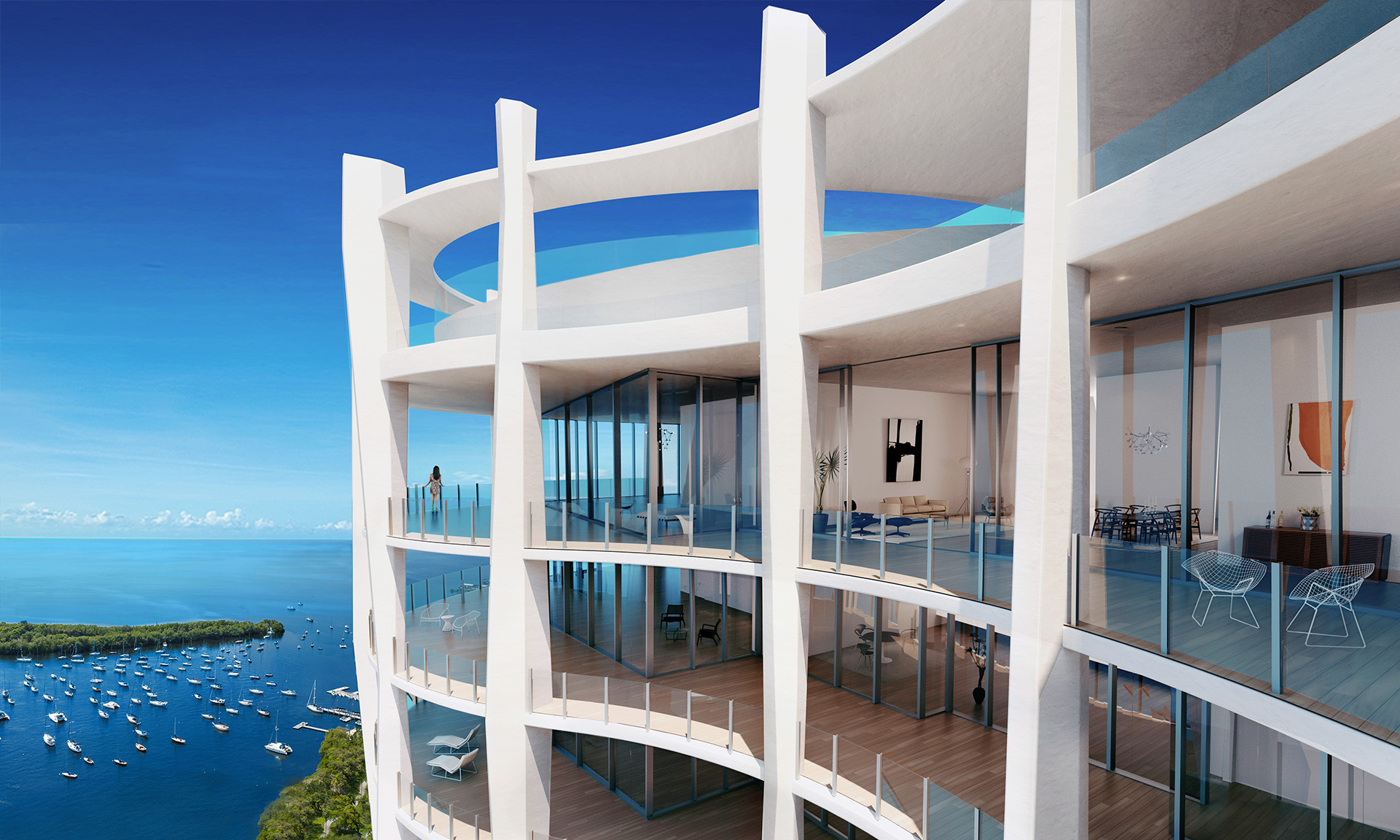TSR 011: Six Degrees of Freedom (6DoF) and More with Lon Grohs from Chaos Group
Big News in VR
We kick off this session with big news — Chaos Group just announced that they would be joining forces with Epic Games to make V-Ray for Unreal Engine. Lon says it’s been on their radar for awhile, and now it’s finally happening. The goal with this merger is to make the dream of seeing ArchViz projects in real-time a reality. Although a timeline isn’t in place yet, they’re working to create as many ways as possible to improve the AR and VR experience by building a bridge to the real-time engines their customers are using.
Six Degrees of Freedom
Lon also shares their plans to open up the doors to VR from three degrees to six degrees of freedom. Six degrees of freedom will give architects and their clients the ability to move around freely in their renderings. Lon calls this a “room scale” experience, and the most natural experience that you can have in a virtual space. He shares the technologies that will create the best VR experience, including Nozon and Lytro, and the differences between the two.
Artist or Client — Who’s Using VR?
In my experience, VR is more user-friendly for the artist than it is for the client. When I asked Lon who should expect to have the most significant experience with these technologies, he told me it is for everyone. From the artists and their team to the client presentations, their goal is to create a technology that can easily be used throughout the entire project. Although still in the experimental phases of creating the six degrees of freedom in every VR experience, Lon and his partners at Chaos Group are definitely well on their way to figuring it all out.
We discuss the role that architectural education had in Lon’s career, upcoming projects, new technologies, and some of Lon’s biggest ideas yet. A whole lot is coming down the pipeline at Chaos Group, and you can hear all about inside this session of The SpectRoom with Lon Grohs.
Main Quotes
“VR is an architectural superpower.” — Lon Grohs
“Showing a still image will always work.” — Ronen Bekerman
“I want to see ray-traced AR in a meaningful, fast way.” — Lon Grohs
“It’s very easy to have too many ideas.” — Lon Grohs












